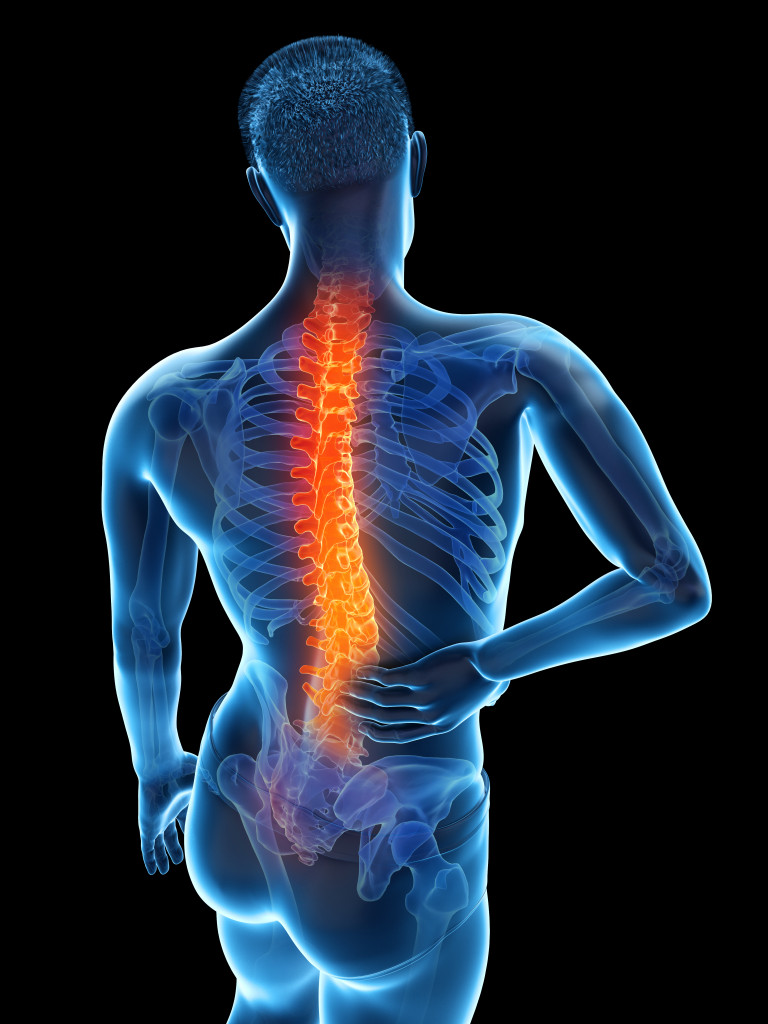Bone diseases are severe medical conditions that can affect people of all ages. There are many different types of bone diseases, and they can cause various symptoms. However, some common symptoms of bone disease include pain, stiffness, and swelling in the affected area. In severe cases, bone disease can lead to disability or even death.
However, some rare bone diseases are not as well known. One such disease is Fibrodysplasia ossificans progressiva (FOP).
Fibrodysplasia Ossificans Progressiva (FOP)
Progressive bone diseases are rare, but nothing comes close to FOP. It causes the formation of extra bone in the body. The additional bone usually forms in the tendons and muscles of the patient. This can cause stiffness and pain in the affected areas. In severe cases, FOP can lead to disability or even death. There is currently no cure for this disease, but treatments are available to help manage the symptoms.
FOP was first described in the medical literature in the early 1800s. However, it was not until 2006 that the genetic mutation that causes FOP was discovered. A mutation in the ACVR1 gene causes the condition. This gene is responsible for encoding a protein called activin receptor IIB. This protein is involved in the regulation of bone growth and development.
People with this mutation have a defective version of the activin receptor IIB protein. This leads to an overgrowth of bone tissue. The extra bone tissue can form anywhere in the body, but it most commonly affects the muscles, tendons, and ligaments.
FOP is a rare disease that affects only about 1 in 2 million people worldwide. However, there are estimated to be about 4,000 people with this condition worldwide. The disease affects both men and women equally.
What Are The Symptoms of FOP?
The symptoms of FOP can vary from person to person. They usually begin in childhood, and they get worse over time. The most common symptom is the formation of lumps of extra bone under the skin. These lumps are usually painless at first, but they can become painful as the disease progresses.
Other symptoms of FOP include:
- Stiffness and pain in the muscles, tendons, and ligaments
- Swelling in the joints
- Limited range of motion in the affected areas
- Difficulty moving the affected body parts
As the disease progresses, it can lead to disability or even death. The extra bone tissue can fuse the joints, making moving difficult or impossible. In severe cases, the excess bone tissue can encase the heart and lungs, making breathing difficult.

How is FOP diagnosed?
FOP can be difficult to diagnose because it shares many symptoms with other conditions. To diagnose, doctors usually take a medical history and conduct a physical examination. They may also order tests, such as X-rays or MRI scans, to look for the characteristic lumps of extra bone under the skin. A genetic test can also be done to look for the mutation that causes FOP.
Clinical Studies
Because of the rarity of FOP, clinical studies are being performed to help cure it. However, researchers require third-party services to get participants because of their rarity. Many patient recruitment companies are willing to help get participants, but they can be challenging to find. If you or a loved one has been diagnosed with FOP, you may want to consider participating in a clinical study. Clinical studies are essential for developing new treatments and finding a cure for this disease. They provide an opportunity for patients to receive cutting-edge care and potentially access new treatments before they are available to the general public.
You can learn more about clinical studies by talking to your doctor or by visiting the website of a patient advocacy organization, such as the International Fibrodysplasia Ossificans Progressiva Association (IFOPA).
What is the treatment for FOP?
There is currently no cure for FOP, but treatments are available to help manage the symptoms. The goal of treatment is to prevent the disease’s progression and relieve pain. Physical therapy can help maintain range of motion and prevent joint stiffness. Pain medications, such as nonsteroidal anti-inflammatory drugs (NSAIDs), can be used to relieve pain. Surgery may also be necessary to remove excess bone growth or to fuse joints.
FOP is a rare and progressive disease that can lead to disability or death. There is currently no cure for this disease, but treatments are available to help manage the symptoms. Ultimately, no disease can be cured without developing new treatments through clinical studies. Researchers need to look more into FOP to find a cure for it.

